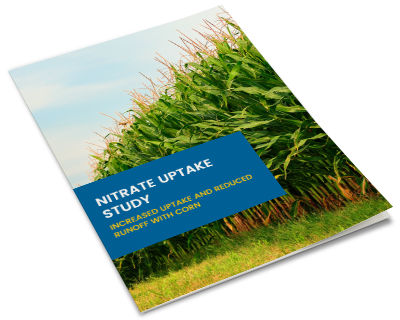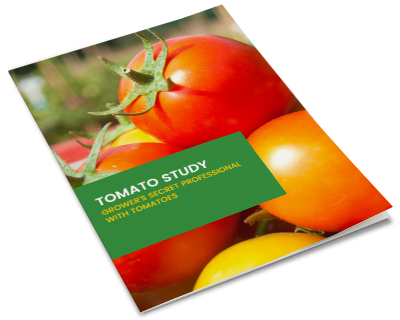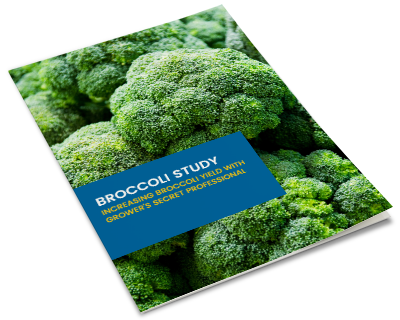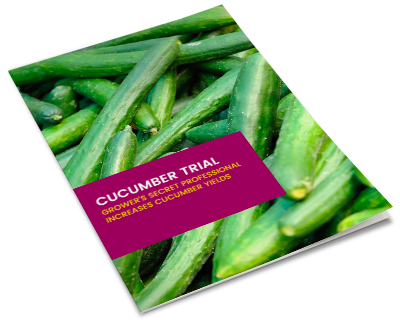|
Posted By: Wesley Chun, Ph.D. / |
Introduction
Copper is an essential micronutrient for all plant and animal life. Even snails and slugs that are particularly averse to copper tape and pots have large amounts of copper in their tissue. Copper is the 25th most abundant element on Earth with about two-thirds of Earth’s copper is found in igneous rocks and about a quarter in sedimentary rocks. The metal is found free as native copper or as compounds such as copper sulfides (chalcopyrite, bornite, digenite, covellite, and chalcocite), copper sulfosalts (tetrahedrite-tennantite and enargite), copper carbonates (azurite and malachite), and copper oxides (cuprite and tenorite). Most of today’s mined copper is from open pits. However, since copper reserves may be limited, attention has shifted to deep-sea polymetallic nodules as a future source.
Copper, gold, and silver belong to Group 11 on the periodic table. These noble metals are good conductors of heat and electricity and copper is the third most used industrial metal after iron and aluminum. Its high electrical conductivity and malleability make it particularly useful as wires. An average car, for example, has around 1.5 km of copper wiring. In addition, copper’s high thermal conductivity, second only to silver, makes it a popular material for plumbing, roofing, and heat exchange in industrial machinery.
Free or native copper was the first metal to be worked by humans, heralding the technological transition from stone to metal tools. The earliest known artifact was a tiny awl dating back to 5100 BC. The awl likely originated elsewhere and arrived in Israel by far-reaching trade networks. With the development of smelting around 4500 BC, alloys of copper soon found their way into practical use. The addition of tin to make a rigid alloy ushered in the Bronze Age. Other copper alloys of significance are brass (copper and zinc), cupronickel (the 1856-1864 penny), copper-silver alloys (sterling silver is 92.5% silver and 7.5% copper), and aluminum-copper alloys. The United States’ original penny consisted of pure copper. Today, pennies are 97.5% zinc with a thin copper skin.
All biological life needs copper as a trace element. In animals, copper is essential for red blood cells (around 1.4 to. 2.1 mg per kg body mass), and plays a role in bone formation and connective tissue growth. In mollusks and crustaceans, it plays the role of iron in hemocyanin transport of oxygen. In plants, enzymatic activity requires copper. However, excessive levels of copper can be toxic. Copper is known as a contact killer of bacteria, fungi, and viruses with killing times ranging from 30 seconds on dry surfaces to 15 days on wet surfaces. Known in ancient times, the antimicrobial activity of copper and copper alloys are now well established. Registered with the US EPA as a solid antimicrobial material, copper has merit in material and object engineering design for health care and related settings.
Copper in Plants
Copper was proven to be an essential nutrient in flax, sunflowers, and tomatoes in 1931 (Lipman, 1931) (Sommer, 1931) by fertilization tests with and without copper. Normal concentrations in plant shoots range between 4 and 15 mg copper per kilogram dry weight. Copper deficiency symptoms first appear in young plant tissues since it is immobile in plants. It plays multiple roles in a plant as a cofactor of enzymatic activity, as a structural element in regulatory proteins, iron mobilization, photosynthetic electron transport, mitochondrial respiration, oxidative stress responses and phosphorylation, cell wall metabolism, and hormone signaling. Crops such as beets, carrots, onions, spinach, sunflower, and tomato are high copper-requiring plants that are sensitive to low copper levels in the soil. Cereal grains may also show deficiency symptoms in copper-deficient soils.
Copper exists as a divalent cation molecule (Cu++) in soils. The average concentration of copper in soils is 30 ppm and ranges between 1 and 60 ppm. The amount of plant-available copper is lower since it is affected by the content and properties of the soil. Copper ions leach through sandy soils, while loam or clay soils have higher available copper. Clay soils, in general, hold more plant-available copper in exchangeable form. However, this ability is tempered by soil pH as copper solubility decreases as pH increases to pH 7. Higher pH increases the strength by which soil clay holds copper and organic matter. High soil concentrations of aluminum, iron, nitrogen, phosphorus, and zinc can depress copper absorption by roots causing copper deficiency symptoms in plants.
Copper toxicity symptoms can occur in plants when copper exceeds 50 ppm in sandy soils and up to 150 ppm for clay or silty-clay soils. Soils higher in organic matter will allow for higher copper soil test levels without measurable toxicity to plants. Excessive copper levels can occur with excessive use of copper fertilizers, animal manures, or copper-containing pesticides.
Copper Deficiency Symptoms
Plant symptoms are indicators of a severe copper deficiency in plants. Soil and plant tissue analyses are needed to confirm suspected copper deficiency symptoms in plants. Severe copper deficiencies in cereal grain can result in lodging, reduced vigor, and yield decreases. This deficiency often occurs on small grains grown on organic soils. Younger leaves may remain unrolled and older leaves may have necrotic tips. Leaf tips may also appear twisted and die back. Increased tillering and plant death may occur. Copper deficiency also leads to reduced plant vigor, which can increase diseases such as ergot. Heads of wheat will not fill.
Upper portions of broadleaf plants may wilt, and the upper leaf surfaces may turn bluish-green. Other plants may display purplish-brown patches on leaves. In corn, copper-deficient new leaves emerging from whorl may have a bluish-green tint and a spiral appearance. Necrosis may appear on older leaf tips, and leaf edges may die. In vegetable crops, young leaves may appear bluish-green before turning yellow and upper portions of plants may wilt. Growing points are stunted, plants often fail to flower, and eventually die. Deficiencies can lead to reduced starch production, reduced nodulation and nitrogen fixation in legumes, delayed flowering and maturity, and pollen sterility.
Copper-containing enzymes play several essential roles in photosynthesis, respiration, and lignin formation. Translocation within the plant is not fully understood; however, there is agreement that copper is taken up by roots via active transport mechanisms and moved in the xylem. It is then transported free or as copper complexes and delivered to chloroplasts via small protein chaperones. Finally, transport to mitochondria via an unknown mechanism occurs. Chloroplasts, vacuoles, cytoplasm, and cell walls serve as major copper sinks in plants.
Fertilizing with Copper
The most common copper fertilizer source is copper sulfate. Other synthetic sources are copper chelate, copper acetate, copper ammonium phosphate, and cuprous oxide. Organic sources include poultry manures and amino-copper chelates. Other sources include animal manures, municipal wastes, biosolids, and copper-containing pesticides. Application rates vary depending on copper content and solubility in soil. In general, foliar-applied and chelated copper fertilizers rates are 1/6 of synthetic fertilizers. Since copper is retained in most soils, there is some flexibility in application timing. Foliar applications can be used in emergencies. Fertilization with copper should be used when plant analysis verifies a copper deficiency. Fertilization with copper should stop once 30 pounds per acre has been reached. The application should be sufficient for 5-8 years.
Copper fertilization is likely needed in soils with high levels of peat or organic matter, sandy soils, high pH soils, and soils with high levels of oxides and carbonates. It can be particularly critical for crops that are sensitive to low copper concentrations.
Crop Responses to Copper
When copper is deficient, common plant responses to a copper application are reduced disease, increased crop growth, and improved quality. Conversely, excessive copper applications result in toxicity symptoms.
Copper Toxicity Symptoms
Be aware that the difference between copper deficiency and toxicity in plants is relatively narrow. Copper toxicity can persist for an extended time and is difficult to correct because of the low solubility of copper. Toxicity can occur with repeated applications of manure, biosolids, or high copper-containing pesticides. Toxicity symptoms include decreased seed germination, reduced root system development, and plant vigor decline. Plants may have discolored roots and display leaf chlorosis. Symptoms can resemble an iron deficiency.
Toxicity symptoms vary with different plants. For example, beans are tolerant of copper while corn is not. However, since high concentrations of copper catalyze the production of highly toxic hydroxyl radicals, biomolecules such as DNA, lipids, and proteins are damaged, leading to chlorosis, necrosis, stunting, leaf discoloration, and inhibition of leaf growth.
Summary
Copper is an essential micronutrient for plants. Specific deficiency symptoms vary with different crops. However, common symptoms of a copper deficiency in crops increase disease incidence, decreased growth, and reduced crop quality. Since symptoms occur when the deficiency is acute, soil analyses and plant tissue tests are recommended for diagnosis, especially with crops grown in organic soils. Care is needed in applying copper to avoid plant toxicity.
Works Cited
Kaiser, D. a. (2018). Copper for crop production. Retrieved from University of Minnesota Extension: https://extension.umn.edu/micro-and-secondary-macronutrients/copper-crop-production
Lipman, C. B. (1931). Proof of the essential nature of copper for higher green plants. Plant Physiol, 6:593-599.
Sommer, A. L. (1931). Copper is essential for plant growth. Plant Physiol., 6:339-345.
Yruela, I. (2005). Copper in plants. Braz. J. Plant Physiol., 17(1):145-156.
Topics: organics, fertilizer, grower's secret, organic farming, fertifacts, copper







